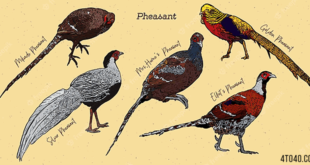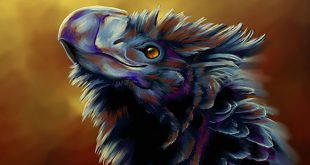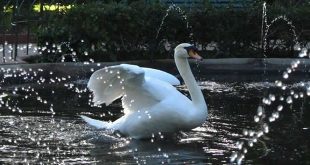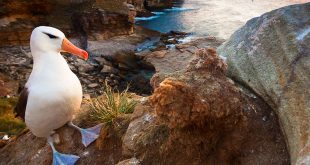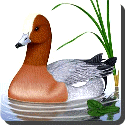 Widgeon — The wigeons are dabbling ducks in the genus Anas.
Widgeon — The wigeons are dabbling ducks in the genus Anas.
There are three species:
-
The Eurasian Wigeon, also known as Widgeon or Eurasian Widgeon (Anas penelope, previously Mareca penelope) is one of three species of wigeon in the dabbling duck genus Anas. It is common and widespread within its range. This species was first described by Linnaeus in his Systema naturae in 1758 under its current scientific name.
-
The American Wigeon, also American Widgeon or Baldpate, (Anas americana) is a species of wigeon in the dabbling duck genus Anas. If this is split up, all wigeons will go into their old genus Mareca again. It is a common and widespread duck which breeds in all but the extreme north of Canada and Alaska and also in the Interior West through Idaho, Colorado, the Dakotas, and Minnesota, as well as eastern Washington and Oregon. It is the New World counterpart of the Eurasian Wigeon. The conservation status of this bird is Least Concern.
-
The Chiloe Wigeon (Anas sibilatrix) is one of three species of wigeon in the dabbling duck genus Anas. Unlike other wigeons, the sexes are similar (though the male is often slightly brighter) and pairs are monogamous. This bird has a metallic green head, and a gray bill with a black tip. Its breast is barred black and white and its sides are orange brown. It has white cheeks and a white forehead and also white on its wings. Its length is approximately 50 cm.
It is common and widespread within its range.
This dabbling duck is 42-50 cm long with a 71-80 cm wingspan. The breeding male has grey flanks and back, with a black rear end and a brilliant white speculum, obvious in flight or at rest. It has a pink breast, white belly, and a chestnut head with a yellowish crown stripe. In non-breeding (eclipse) plumage, the drake looks more like the female.The female is light brown, with plumage much like a female Mallard. It can be distinguished from most other ducks, apart from American Wigeon, on shape. However, that species has a paler head and white axillaries on its underwing.
The Wigeon is a bird of open wetlands, such as wet grassland or marshes with some taller vegetation, and usually feeds by dabbling for plant food or grazing, which it does very readily. It nests on the ground, near water and under cover. It is highly gregarious outside of the breeding season and will form large flocks.
This is a noisy species. The male has a clear whistle, whereas the female has a low growl.
The Wigeon is one of the species to which the Agreement on the Conservation of African-Eurasian Migratory Waterbirds (AEWA) applies.
It breeds in the northernmost areas of Europe and Asia. It is the Old World counterpart of North America’s American Wigeon. It is strongly migratory and winters further south than its breeding range. In Great Britain and Ireland the Wigeon is common as a winter visitor, but scarce as a breeding bird in Scotland, the Lake District, the Pennines and occasionally further south. It can be found as an uncommon winter visitor in the United States, particularly on both the Atlantic and Pacific coasts.
 Kids Portal For Parents India Kids Network
Kids Portal For Parents India Kids Network
